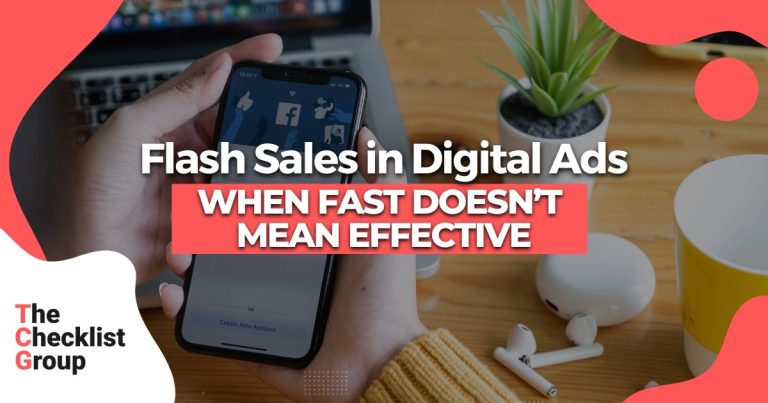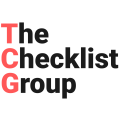Flash Sales in Digital Ads: When Fast Doesn’t Mean Effective
Flash sales have long been a popular marketing tactic, both in brick-and-mortar stores and online. The idea is simple: offer a limited-time discount to create urgency and encourage immediate purchases. However, when it comes to digital advertising, the effectiveness of flash sales can be more nuanced. In this blog post, we’ll explore why flash sales might fall short in the digital realm and discuss alternative strategies for maximizing your ad campaigns.
Understanding Lead Quality
Before delving into the comparison, it’s vital to establish what constitutes lead quality:
High-Quality Leads: These prospects exhibit genuine interest in your product or service, displaying a higher likelihood of conversion and often boasting a higher lifetime value.
Low-Quality Leads: While showing some level of interest, these leads are less predisposed to convert into paying customers, demanding more effort and resources to nurture effectively.

- The Digital Landscape
1.1 Online Behaviour
Unlike physical stores, where customers can physically see and touch products, online shoppers have a different mindset. They browse, compare, and often take their time before making a decision. Urgency, a key driver of flash sales, doesn’t always resonate in the same way online.
1.2 Ad Fatigue
Running a flash sale for an extended period (e.g., 14 days) can lead to ad fatigue. Users become desensitised to the repeated promotion, resulting in decreased engagement and conversion rates. Instead of creating excitement, the constant presence of the same offer can become monotonous.
- Margin Erosion
Flash sales often involve steep discounts—50% to 70% off, for example. While they can drive short-term sales, they can also erode profit margins. If your margins are already thin, this could impact your overall profitability. Consider the long-term effects before committing to a flash sale.
- Bargain Hunters vs. Loyal Customers
3.1 Bargain Hunters
Flash sales attract bargain hunters—people who are solely interested in the deal. These one-time buyers may not contribute to long-term growth. They’re unlikely to become loyal customers, as their loyalty lies with the discount rather than your brand.
3.2 Building Loyalty
Instead of relying solely on flash sales, focus on building lasting relationships with your audience. Personalised offers, loyalty programs, and exceptional customer service can create a stronger bond. Loyal customers are more likely to return and recommend your brand to others.
- Inventory Challenges
Managing inventory during a flash sale can be tricky. If you run out of stock or fail to deliver on promises, it can harm your reputation. In the digital world, negative reviews and social media backlash spread quickly. Ensure that your inventory management aligns with the duration of your sale.
- Alternative Strategies
5.1 Targeted Promotions
Consider targeted promotions based on user behaviour, demographics, or past purchases. Tailor your offers to specific segments, ensuring relevance and personalisation.
5.2 Longer-Term Campaigns
Rather than relying solely on flash sales, invest in longer-term ad campaigns. Consistent messaging over time can build brand awareness and trust. Use storytelling and emotional appeals to connect with your audience.
5.3 Limited-Time Offers with Context
If you do run time-limited promotions, provide context. Explain why the offer exists (e.g., anniversary sale, seasonal clearance) to give users a reason to engage.
Conclusion
While flash sales can be effective in certain contexts, they don’t always translate seamlessly to digital ads. Consider the nuances of online behaviour, margin impact, and the need for long-term customer relationships. By diversifying your approach and understanding your audience, you can create more impactful digital ad campaigns.
